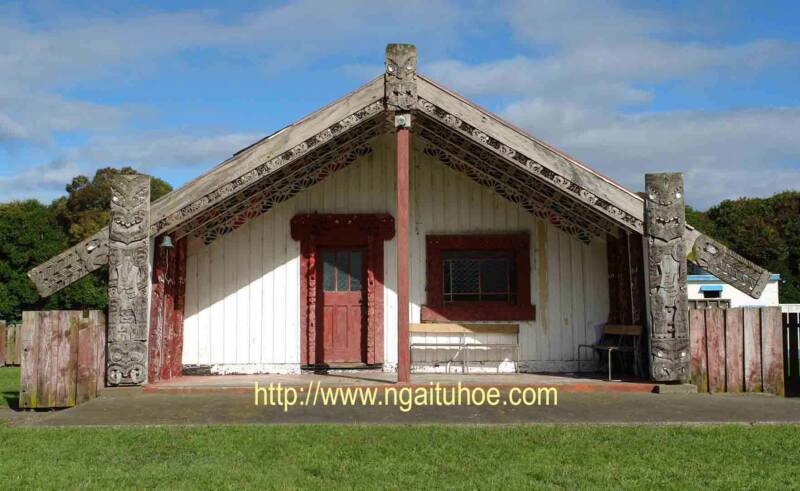

He smoked corona cigars with an aplomb that matched his smoking of the Maori pipe-tobacco grown, plaited and dried at Tower House. Te Kani's education had made him comfortable on any marae and at ease when hosting and entertaining Pakeha dignitaries. Sometimes the spontaneous reaction would displease him and he would chide, 'Kauaka katakata, kauaka katakata' (‘Don't laugh, don't laugh.) He used gestures, his eyes, and his stage presence to embellish the oration, which often brought appreciative applause and laughter from the crowd.
#Tuhoe hapu series
He emphasised a point by taking short staccato running steps and then making a series of pekepeke or jumps into the air. He accompanied this with dramatic use of his tokotoko or tribal talking stick. After meticulous research into the theme underpinning the hui or event, he would link it with Te Aitanga-a-Mahaki and himself by reciting appropriate whakapapa.

Te Kani's prowess at oratory is well remembered. He constantly wore greenstone ear pendants inherited from Rapata Wahawaha and the Tuhoe leader and tohunga Te Pairi Tuterangi, whose pupil he had been. At home he was content to wear a simple red blanket rapaki (wrap-around) in the house or while working in his one-acre garden. On the marae Te Kani was known not only for his brilliant oratory but also for his impeccable style of dress. During this period Te Kani was variously a committee member and chairman until May 1959, when he finally retired. This led to conflict over membership of the management committee faction fought faction, leading to intervention by the Maori Land Court. In 1953 hapu representation was replaced by individuals voting according to the number of shares they owned. The trust was known as the Mangatu Incorporation from 1948, when control passed from a commissioner to a tribal committee. In 1918 Te Kani began a more than 40-year association with the Mangatu trust, formed to administer tribal lands inland from Gisborne he represented Ngati Wahia interests. Te Kani landscaped the grounds with two tennis courts, a croquet lawn and a pear-shaped centre lawn acknowledging Apirana and Arihia Ngata's marriage under a pear tree at Whareponga on the East Coast. Among the ornate furnishings was a Bechstein grand piano. A remarkable feature was an observation tower on the roof, for which Te Kani gave the name Tower House. Takawhaki, Te Kani's mother, built the couple a large house with five bedrooms on family land at Puhatikotiko (Puha) about 22 miles from Gisborne. There were no children from the marriage, but Te Kani and Terina adopted several. The wedding linked two of the East Coast's most important families and strengthened Ngata's leadership. Te Kani and Panapa had been colleagues at Te Rau Theological College at Gisborne, where Te Kani was certificated as an Anglican lay reader. Te Kani's best man was Wiremu Netana Panapa, who later became the second bishop of Aotearoa. On 18 June 1917 he married Te Rina Turupa Ngata, eldest daughter of Apirana and Arihia Ngata, in a lavish ceremony at Parihimanihi, Waihirere Herbert W. He also developed a formidable skill in whaikorero, the art of oratory.

From 1912 to 1915 he studied at the ancient whare wananga at Ruatoki, where he was taught Maori religion, genealogies and customs. During this period he studied piano at the Nelson School of Music, specialising in the music of Chopin. In 1909 he was enrolled at Nelson College, where he spent three years. His early education was at Waerenga-a-hika school near Gisborne he then had one year at Gisborne High School.
#Tuhoe hapu full
On occasions he used the full name of Hetekia Te Kani-a-Takirau Kerekere Tuhoe te Ua among family and close friends he was called Kani. His principal tribal affiliations were Nga Potiki and Te Whanau-a-Kai of Te Aitanga-a-Mahaki Ngati Ruapani and Te Whanau-a-Tarawaho, a hapu of Tuhoe. Hetekia Te Kani te Ua, the eldest son of Katerina Takawhaki Kerekere and her husband, Harawira Tuhoe te Ua, was born on 29 August 1892 in Gisborne.


 0 kommentar(er)
0 kommentar(er)
